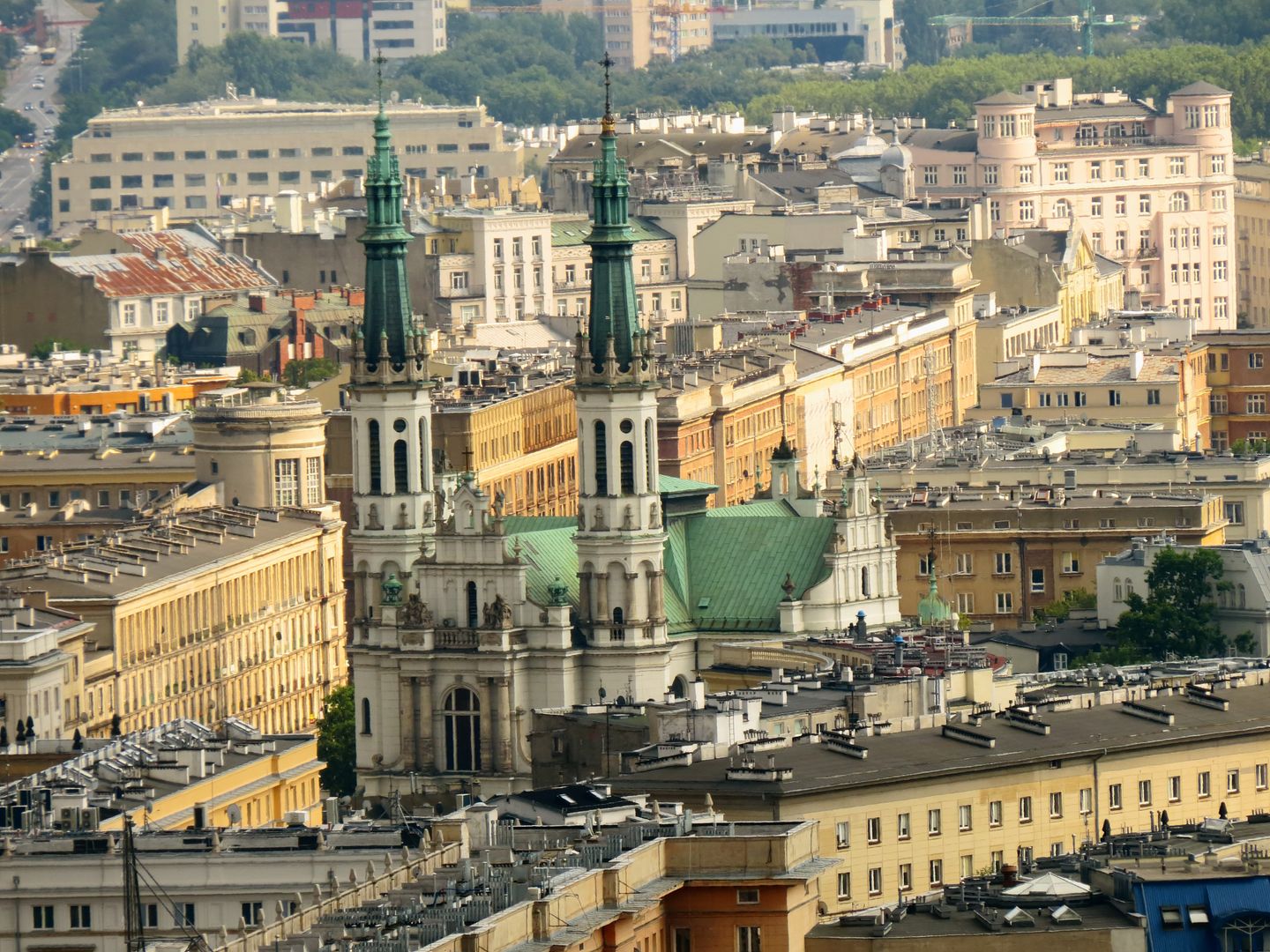Church of the Most Holy Savior in Warsaw
6.36

Overview
The Church of the Most Holy Saviour in Warsaw, located at Saviour Square, is an outstanding example of Renaissance Revival architecture with Baroque elements. It was built on the plan of a Latin cross, featuring a dominant dome over the crossing of the naves, whose original spire was destroyed during the bombings in 1939. The interior of the church is adorned with richly decorated altars, a pulpit, and valuable paintings, including works by Michael Willmann. The church also serves as the diocesan sanctuary of the Mother of the Saviour and is a place of academic worship, particularly for students of the Warsaw University of Technology.
The history of the church dates back to the end of the 19th century when, at the initiative of the Metropolitan of Warsaw Wincenty Chościak-Popiel, the Church Building Committee was established. The cornerstone was laid in 1901, and the church was consecrated in 1907. During World War II, the church suffered severe damage, but thanks to the efforts of the then administrator, Father Konstanty Pogorzelski, it was rebuilt by 1948. In 1994, the painting of the Mother of the Saviour was restored and crowned by Pope John Paul II.
It is also worth mentioning that on September 7, 1922, the baptism of the poet Krzysztof Kamil Baczyński took place in the church. An interesting fact is that during a storm in 2016, a cross from one of the towers fell onto the church's roof. The Church of the Most Holy Saviour is not only a place of religious worship but also an important landmark in the history of Warsaw and Polish culture.
Location
Tickets
Powered by GetYourGuide
2025 Wizytor | All Rights Reserved